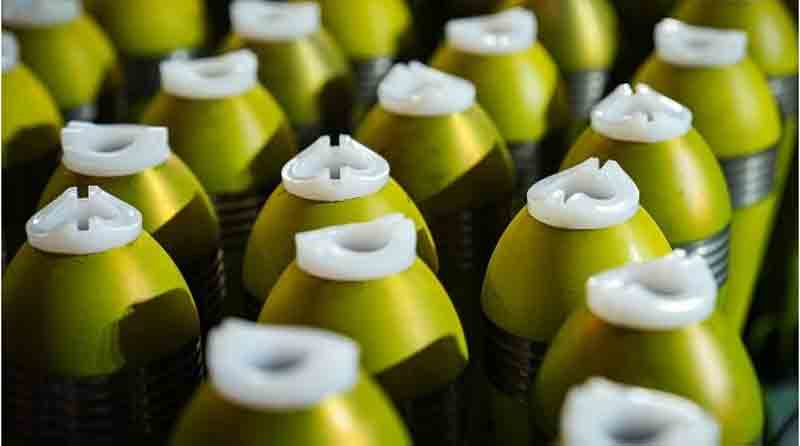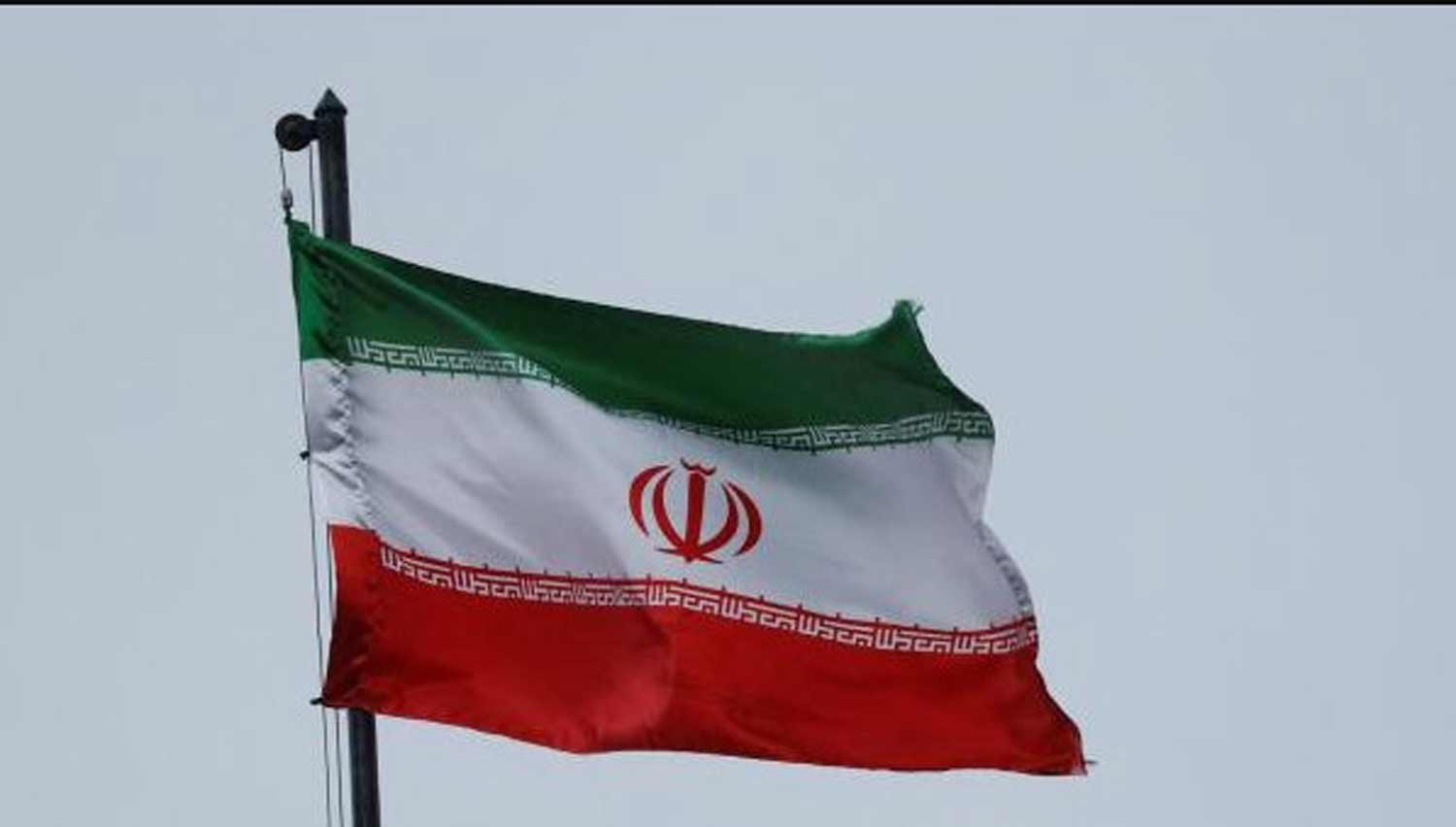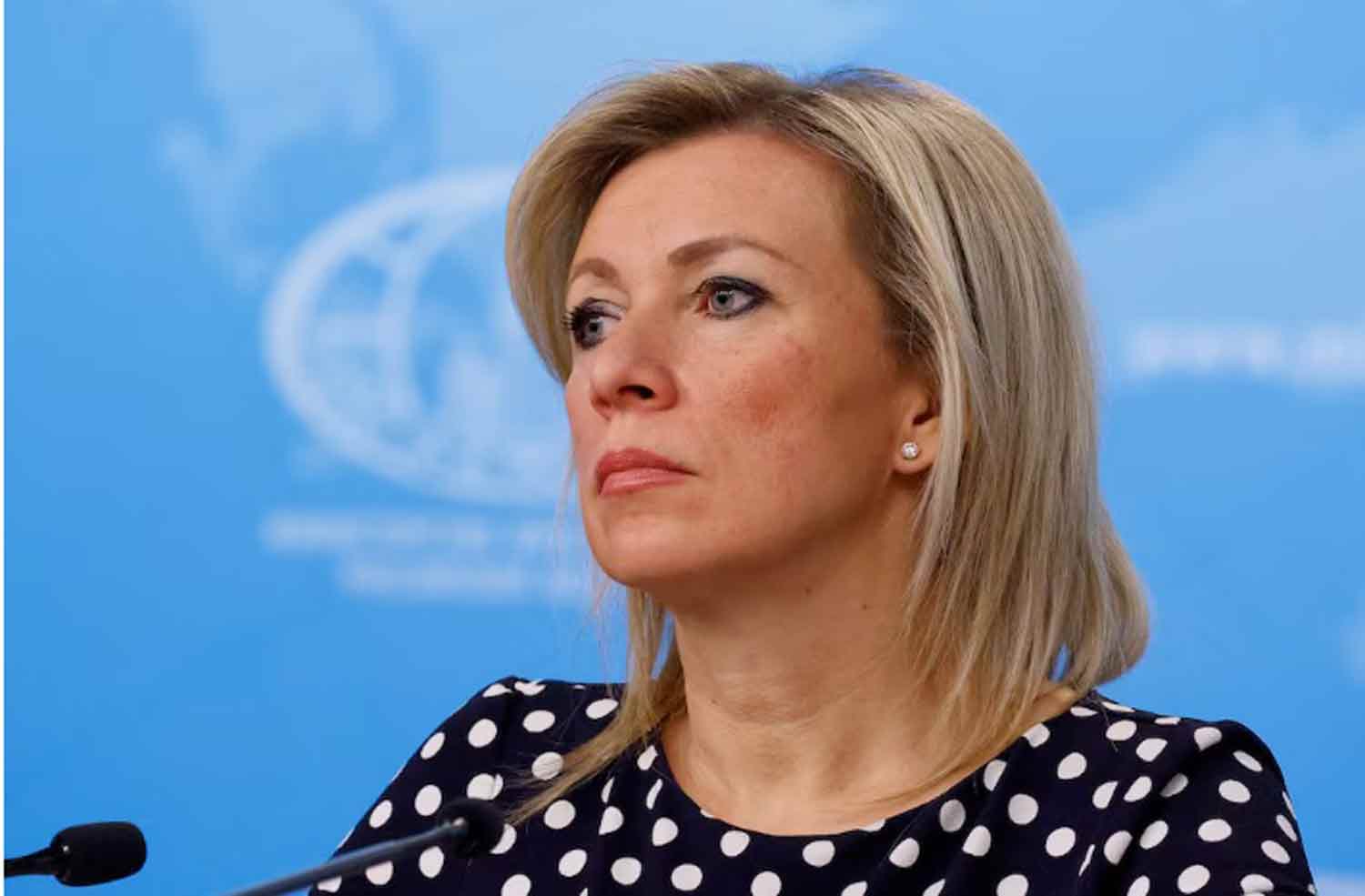In the serene coastal town of Pärnu, Estonia, a small Baltic nation is taking a significant step that could transform the landscape of European defense. On April 25, 2025, the Estonian government revealed its plans to create a state-owned enterprise, Hexest AS, aimed at constructing a military explosives facility near Pärnu, with the capacity to produce 600 tons of RDX explosives each year.
This powerful explosive, essential for filling artillery shells, has the potential to generate enough material for the production of up to 100,000 155mm artillery rounds annually, marking a substantial enhancement to Europe’s ammunition supply in light of ongoing conflicts and evolving geopolitical dynamics. This initiative, motivated by Estonia’s ambition to strengthen its defense capabilities and assist European allies, emerges at a time when the continent is striving for self-sufficiency in defense manufacturing.
The impetus for this move? A renewed call for autonomy, influenced by U.S. President Donald Trump’s policies, which indicated a decrease in American military support to Europe and Ukraine compared to the administration of President Joe Biden. Estonia’s endeavor is not merely a reaction to current demands but a calculated measure to ensure that Europe can maintain its independence.
RDX, or Research Department Explosive, also referred to as hexogen, is a white crystalline compound valued for its stability, potency, and rapid detonation. Developed during World War II, it has become a fundamental component of modern munitions due to its capacity to deliver immense force in a compact form. In artillery applications, RDX is the primary explosive filler in 155mm shells, the NATO-standard rounds utilized by howitzers such as the American M777, the French CAESAR, and the German PzH 2000. Each 155mm shell generally requires between 6 and 10 kilograms of RDX, depending on the shell’s design and intended application, whether it be high-explosive, extended-range, or precision-guided.
Estonia’s factory, equipped with 600 tons of RDX, has the potential to manufacture between 60,000 and 100,000 artillery shells each year, or approximately 1 million 81mm mortar shells. This figure is particularly significant in the context of contemporary warfare. For example, in Ukraine, artillery units are estimated to fire between 60,000 and 200,000 155mm rounds monthly to counter Russian advances, underscoring the relentless demand for ammunition.
Although Estonia’s production may not fully satisfy Ukraine’s requirements, it represents a substantial effort to enhance European production capabilities. The importance of RDX is paramount; it surpasses older explosives like TNT with a detonation velocity of about 8,750 meters per second, making it exceptionally effective for artillery shells. Its chemical stability ensures safe storage and transport, while its adaptability allows for use in various applications, from mortar rounds to missile warheads.
However, the production of RDX is complex, necessitating precise chemical synthesis involving nitric acid, hexamine, and strict safety measures to avert accidental detonations. Historically, Europe has depended on limited domestic production and imports from nations such as China and India, which has exposed vulnerabilities due to global supply chain disruptions and geopolitical tensions.
By opting to produce RDX domestically using oil shale as a raw material, Estonia is directly addressing this dependency. The factory is anticipated to commence operations in 2028, aiming to not only supply Estonian ammunition manufacturers but also to provide raw materials to European allies, thereby bolstering the continent’s defense industrial base.
The 155mm artillery shell, which will primarily benefit from Estonia’s RDX production, is a crucial component of modern warfare. These shells, approximately 23 inches long and weighing around 100 pounds, are launched from towed and self-propelled howitzers, delivering explosive payloads over distances ranging from 15 to 25 miles, depending on the artillery piece and charge.
The standard M795 high-explosive round, extensively utilized by NATO forces, contains approximately 23 pounds of explosive filler, primarily RDX-based, and can generate a lethal radius of up to 150 feet upon impact. Enhanced versions, such as the M982 Excalibur, feature GPS guidance for precise targeting, although they also require similar quantities of RDX.
In contrast to Russia’s 152mm shells, which are predominant in their artillery inventory, the 155mm rounds provide superior range and compatibility with Western systems, a crucial aspect as Ukraine shifts from Soviet-era to NATO-standard equipment. For instance, the Russian D-30 howitzer has a maximum range of about 15 miles, while the M777 can achieve 19 miles with standard rounds and exceed 25 miles with rocket-assisted projectiles.
This advantage in range and accuracy highlights the high demand for 155mm shells. Estonia’s decision occurs amid significant shifts in European defense policy. Following Russia’s invasion of Ukraine in February 2022, Europe has been working to replenish depleted stockpiles and increase production.
The conflict revealed a harsh truth: years of underinvestment in defense capabilities left the continent ill-equipped for extended, high-intensity warfare. NATO estimates indicate that Europe can now manufacture nearly two million 155mm shells each year, a notable rise from pre-war production levels, yet still inadequate to satisfy current needs.
Rheinmetall, the largest ammunition producer in Europe, is leading this initiative, with new facilities in Germany, Hungary, and Lithuania expected to produce hundreds of thousands of shells by 2027. In Germany, Rheinmetall’s Unterluess facility is projected to generate 1,900 tons of RDX annually, along with 200,000 155mm shells by 2026.
Estonia’s initiative is notable for its ambition and responsiveness. With a population of only 1.3 million, Estonia consistently achieves NATO’s 2% defense spending goal and has become a prominent contributor of military aid to Ukraine, donating over 1% of its GDP since 2022. The motivation behind Estonia’s factory project is closely linked to U.S. policy during President Trump’s administration. Throughout his first and current terms, Trump has urged NATO allies to boost defense expenditures, occasionally proposing targets as high as 5% of GDP. His administration’s recent indications of reduced military support for Ukraine, marking a significant shift from the Biden administration’s strong backing, have compelled Europe to reassess its dependence on American military resources.
In February 2025, Rheinmetall’s CEO, Armin Papperger, emphasized the critical nature of this transition, pointing out that no European nation currently fulfills NATO’s requirement for a 30-day combat stockpile. ‘We have provided Ukraine with nearly everything,’ he remarked, highlighting the exhaustion of European military reserves. Estonia’s project exemplifies a wider trend where smaller NATO countries, especially in the Baltics, are taking decisive action while larger nations like Germany and France struggle with bureaucratic hurdles.
For instance, Lithuania has collaborated with Rheinmetall and Ukraine to establish an RDX factory, set to commence construction in 2025, while Poland has increased its ammunition production to bolster both its military and Ukraine’s efforts. The Pärnu factory also has important regional consequences. Situated merely 120 miles from the Russian border, Pärnu is a charming resort town celebrated for its beaches and spas, rather than its industrial capabilities. The choice to convert it into a center for explosives manufacturing demonstrates Estonia’s readiness to embrace risks in response to Russian threats.
Moscow has consistently regarded the Baltic states as a potential flashpoint, and the establishment of the factory may escalate tensions. Although there has been no official response from Russia regarding this announcement, the Kremlin’s history of hybrid warfare—including cyberattacks and sabotage—indicates that it is unlikely to overlook Estonia’s actions.
In January 2025, NATO’s Deputy Assistant Secretary-General James Appathurai confirmed that Russia had attempted sabotage against European defense companies, including an alleged assassination plot targeting the CEO of Rheinmetall. Estonia, due to its geographical closeness to Russia and its outspoken support for Ukraine, is familiar with such pressures, having experienced cyberattacks and border provocations in recent years.
Economically, the factory is set to transform Pärnu and its surroundings. With an estimated cost of €120–130 million, the project is anticipated to generate hundreds of jobs and draw investment from European defense firms. Posts on X have indicated interest from Indian companies, which already produce 155mm shells, in collaborating with Estonia’s defense industry park. This could establish Pärnu as a regional hub for ammunition manufacturing, promoting competition within the EU.
It remains uncertain whether Estonia will export RDX to its allies or focus on its own ammunition production, but this choice will have significant implications. Selling RDX could provide financial benefits and strengthen relationships with NATO allies, yet it may also strain connections with larger EU nations that are protective of their defense sectors.
On the other hand, prioritizing domestic production could bolster Estonia’s strategic independence, a key concern for a country situated on NATO’s eastern border. Historically, Estonia’s proactive approach stems from its past as a former Soviet republic. Occupied by the Soviet Union from 1940 to 1991, Estonia regained its independence and joined NATO in 2004, motivated by a desire to safeguard its sovereignty. The 2007 Bronze Soldier crisis, during which Russian-backed cyberattacks disrupted Estonian infrastructure, solidified the nation’s commitment to resilience.
Currently, Estonia’s defense strategy focuses on swift adaptation and technological advancements, ranging from cyber defense to the production of explosives. The Pärnu factory builds upon this foundation, establishing Estonia as a benchmark for smaller nations aiming to excel beyond their limitations.
The wider context of European rearmament showcases both achievements and obstacles. While companies like Rheinmetall are increasing production, the EU encounters difficulties in coordinating efforts and obtaining raw materials. The European Commission’s initiative to prohibit new contracts for Russian fossil fuels, as reported by Reuters in April 2025, seeks to lessen dependency but complicates energy-intensive sectors such as explosives manufacturing.
Concurrently, Ukraine’s announcement in September 2024 regarding its production of 155mm shells illustrates how the war is fostering innovation. However, Europe’s capacity to maintain this progress depends on political commitment and financial support. German Defense Minister Boris Pistorius has criticized the NATO 2% spending target as inadequate, advocating for reforms to EU debt regulations to enhance military budgets.
The realization of such changes remains uncertain, especially as national interests frequently overshadow collective objectives. Although Estonia’s factory is relatively small, it represents a significant shift. It challenges the belief that only major powers can lead defense innovation and highlights the critical need for self-sufficiency in a time of unpredictable alliances.
The annual production of 600 tons of RDX may seem minimal compared to global demands, yet it signifies a conscious decision to take action rather than remain passive.
For the U.S. audience, this narrative underscores the far-reaching impacts of American policy: by reducing its involvement, the U.S. is encouraging allies to take initiative, with varying outcomes.
The lingering question is whether Europe’s diverse initiatives will unify into genuine autonomy or if bureaucratic stagnation and regional conflicts will leave it exposed. From the shores of Pärnu, Estonia is betting on the former, and its determination may motivate others to follow suit.
Discover more from Defence Talks | Defense News Hub, Military Updates, Security Insights
Subscribe to get the latest posts sent to your email.





